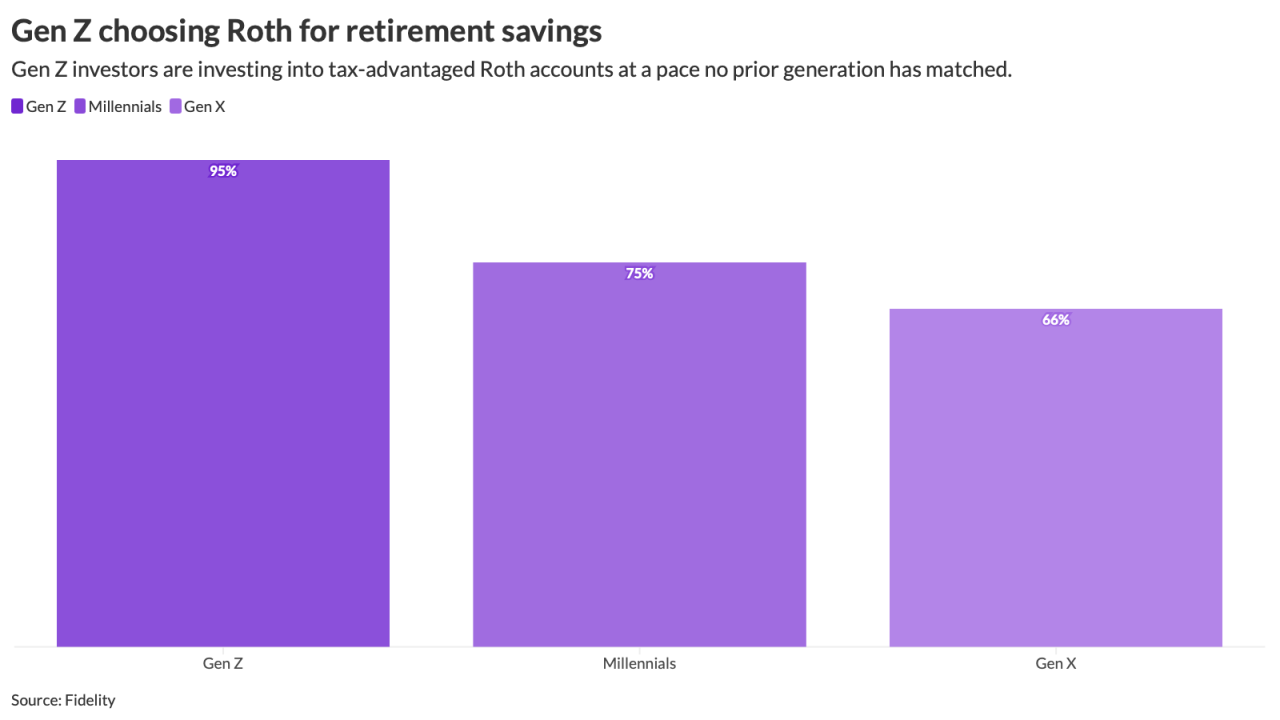With an increasingly stabilized economy and the recent succession of promising jobs reports, many employers are hiring at quantities not seen since pre-recession days.
However, despite the generally favorable economic business environment, private company leaders remain highly targeted in their hiring practices an important growth trend for employers to consider through the end of 2014 and into the New Year.
According to PwCs latest
See also:
This trend has the potential to impact businesses bottom line, as private company executives view the lack of qualified workers as a barrier to growth. A year ago, 27% considered the talent gap to be a growth barrier, but that percentage grew to 34% in the latest quarter, reinforcing the increasing demand for specialist expertise.
Demand for skilled employees
So what types of workers are employers looking for in todays competitive job market? Over the past six quarters, the number of private companies planning to hire skilled blue collar employees has been gradually rising. In addition, technology professionals remain among the most sought-after workers.
See also:
Although these two groups of workers are quite disparate, client experience indicates that workforces which selectively invest in people typically expect a quick return on investment. Private companies are looking for technology professionals who can help them extract valuable information from preexisting data and for skilled blue collar workers who have the necessary training to quickly acclimate to the manufacturing or production teams and contribute within days rather than months. This points to demographic shifts in the workforce and to core changes in U.S. manufacturing, where employees with specialized skills are increasingly replacing workers who typically manned pre-recession factory floors. This trend might also signal future wage growth for these types of qualified workers that are in such high demand.
How to hire and retain skilled workers in 2015
Given these consistent hiring trends, HR managers should consider implementing the following tactics as part of their 2015 growth strategy:
- Take advantage of the improving economic climate by offering more competitive total benefits packages to incentivize and help retain existing employees.
- Develop external training and outreach programs at trade schools and community colleges to help provide basic skills and expand the pool of qualified job applicants.
- Establish employee training and educational programs so that it is practical to hire candidates who require more specialized skills; this also allows companies to sharpen their employees skills for their specific career path.
- Alternatively, employers may choose to invest in talent by seeking strategic alliances that allow them to tap into a higher skills base and gain access to experienced employees, rather than putting money into hiring or training new ones.
See also:
The bright spot on the horizon is that, while individual companies arent forecasting a significant increase in head count, hiring does remain a priority for private companies overall. As a result, we may begin to see the development of more-specialized worker training programs and benefits over the next few years, resulting in sustained wage growth and an eventual narrowing of the skills gap. Adapting to the current hiring shift in todays market will help to ensure this progression throughout 2015 and beyond.
Ken Esch is a partner in PwCs Private Company Services practice.





